Researchers at the U.S. Department of Energy’s Argonne National Laboratory have used new generative AI techniques to propose new metal-organic framework materials that could offer enhanced abilities to capture carbon
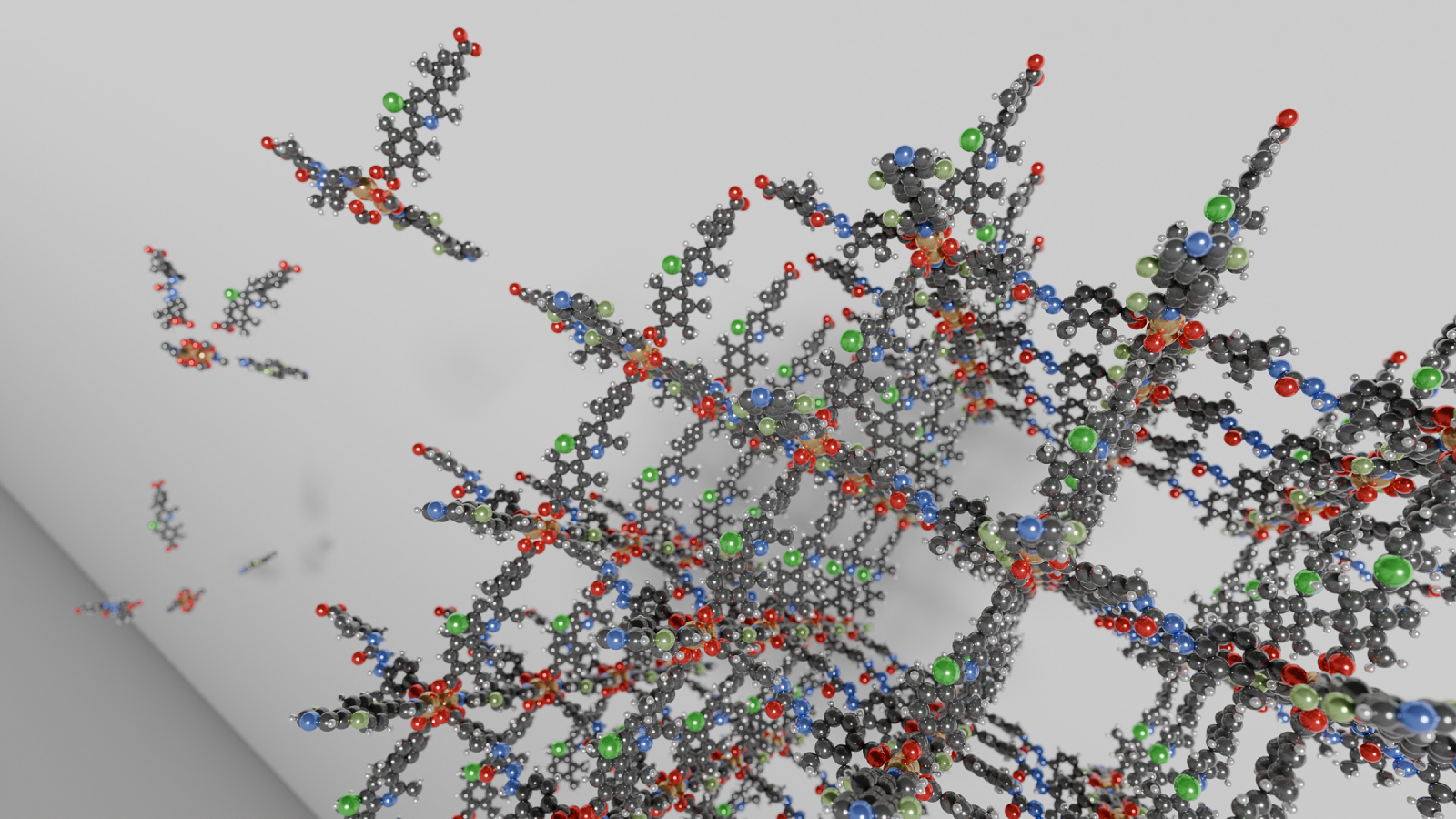
news, journals and articles from all over the world.

Researchers at the U.S. Department of Energy’s Argonne National Laboratory have used new generative AI techniques to propose new metal-organic framework materials that could offer enhanced abilities to capture carbon
A team of Rice University researchers mapped out how flecks of 2D materials move in liquid ⎯ knowledge that could help scientists assemble macroscopic-scale materials with the same useful properties as their 2D counterparts.
James Barr von Oehsen has been selected as the director of the Pittsburgh Supercomputing Center (PSC), a joint research center of Carnegie Mellon University and the University of Pittsburgh. Von Oehsen is a leader in the fields of cyberinfrastructure, research computing, advanced networking, data science and information technology.
Chemistry is the study of bond formation (or dissociation) between atoms.
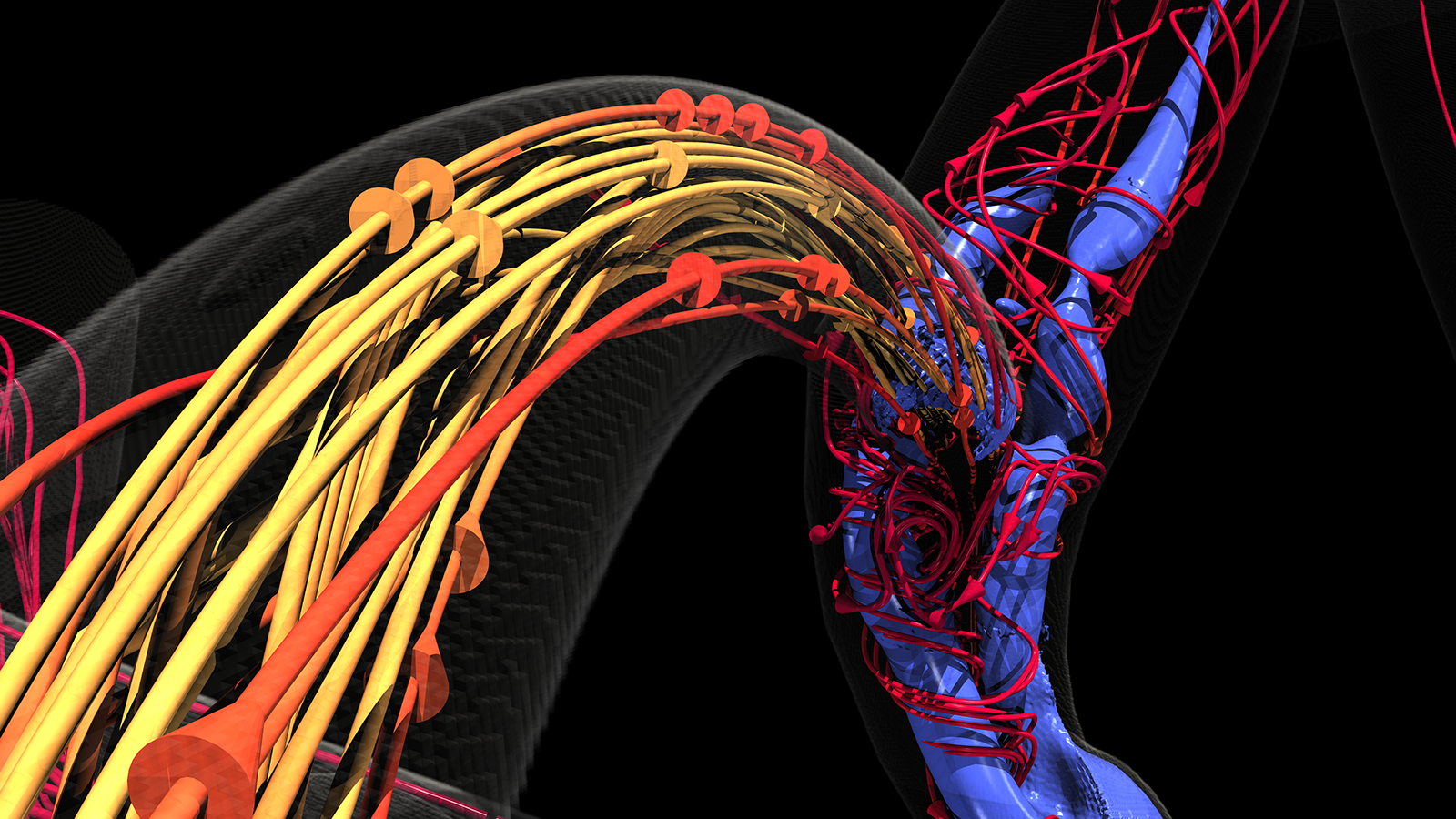
In advance of Argonne’s Aurora exascale supercomputer, Duke University assistant professor Amanda Randles is leading a new study to analyze cancer metastasis using HARVEY, a code that simulates blood vessels within the human body.
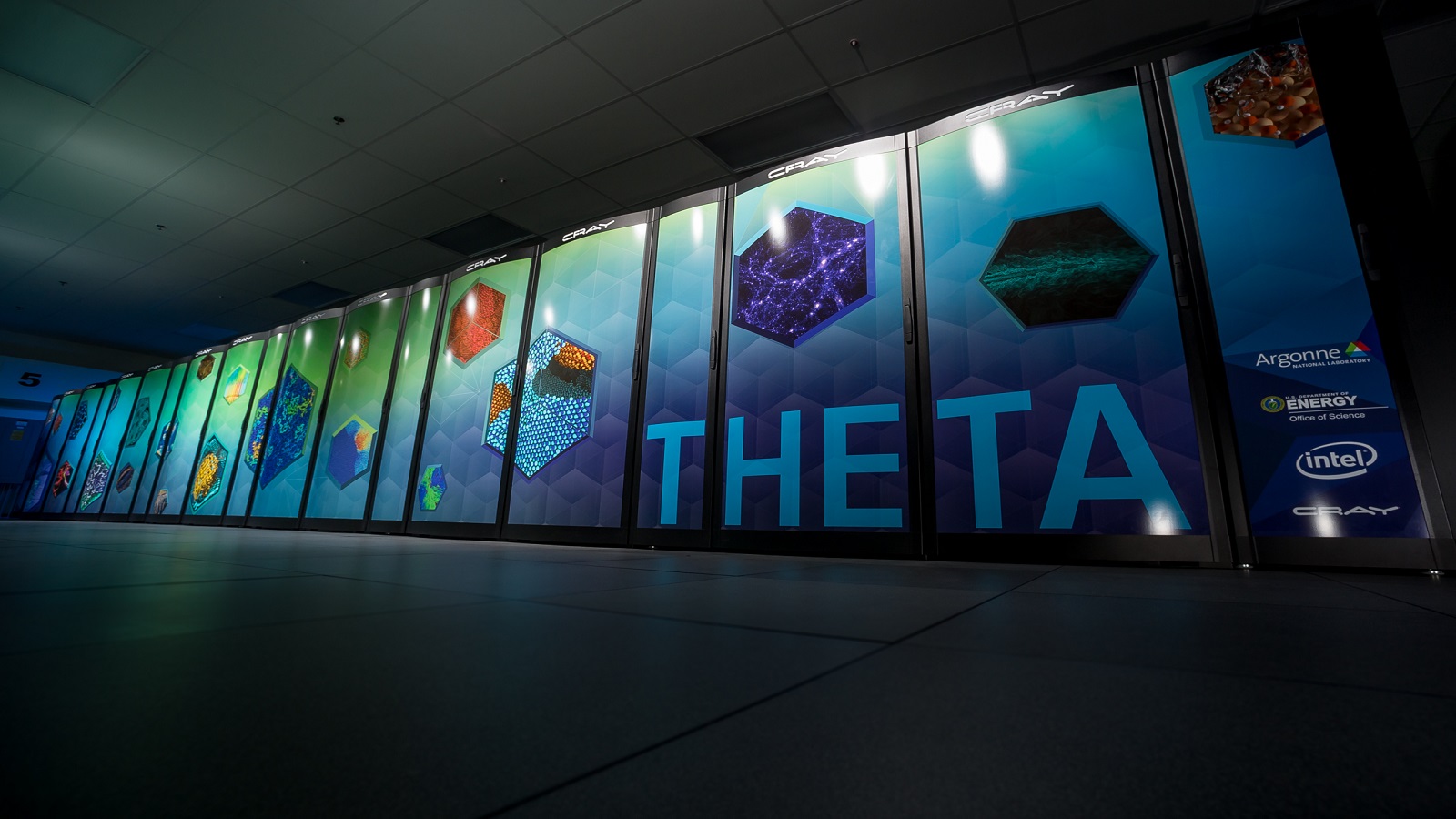
Ten organizations have created a pipeline of artificial intelligence and simulation tools to narrow the search for drug candidates that can inhibit SARS-CoV-2.
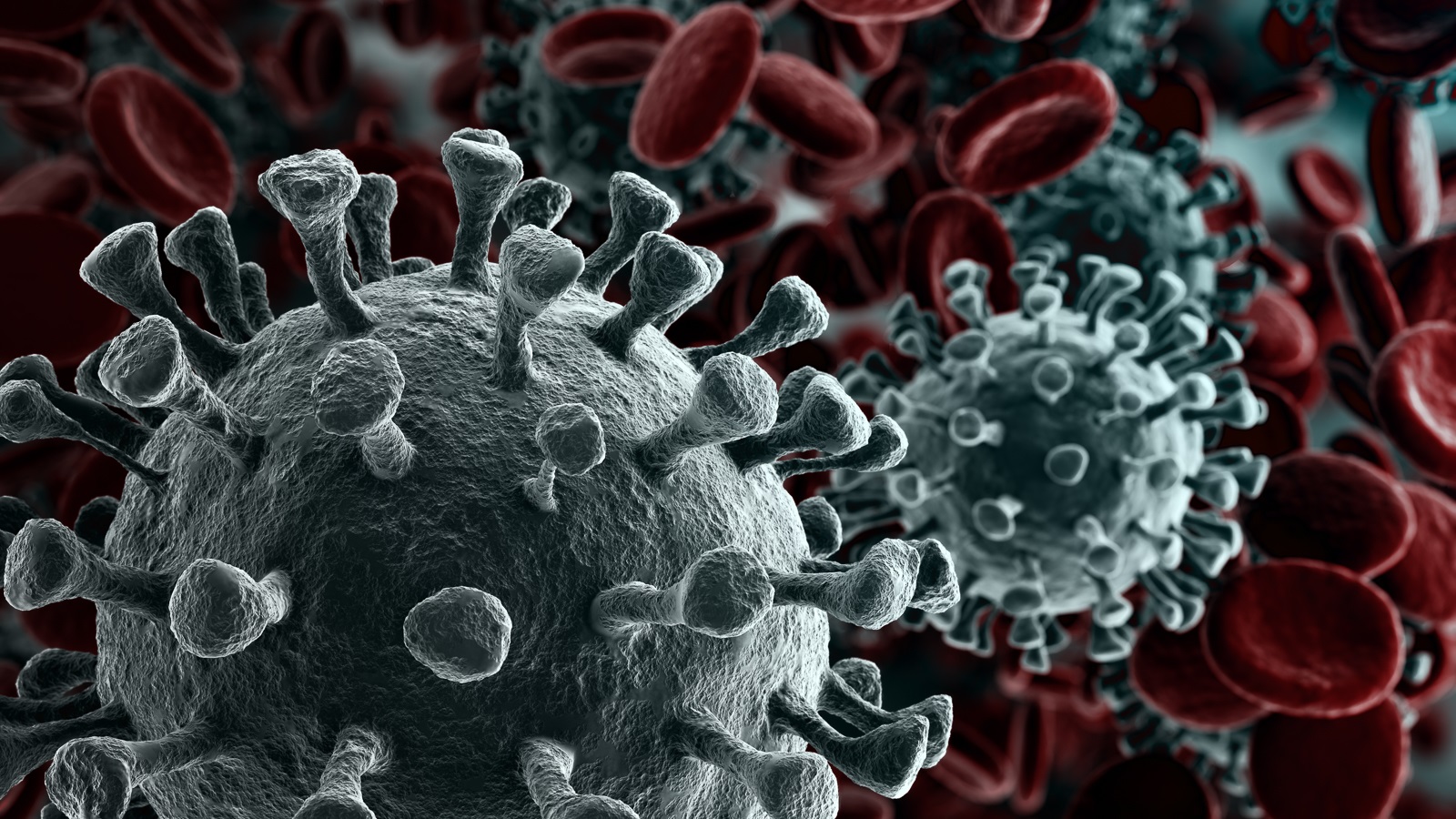
Argonne scientists and research facilities have made a difference in the fight against COVID-19 in the year since the first gene sequence for the virus was published.
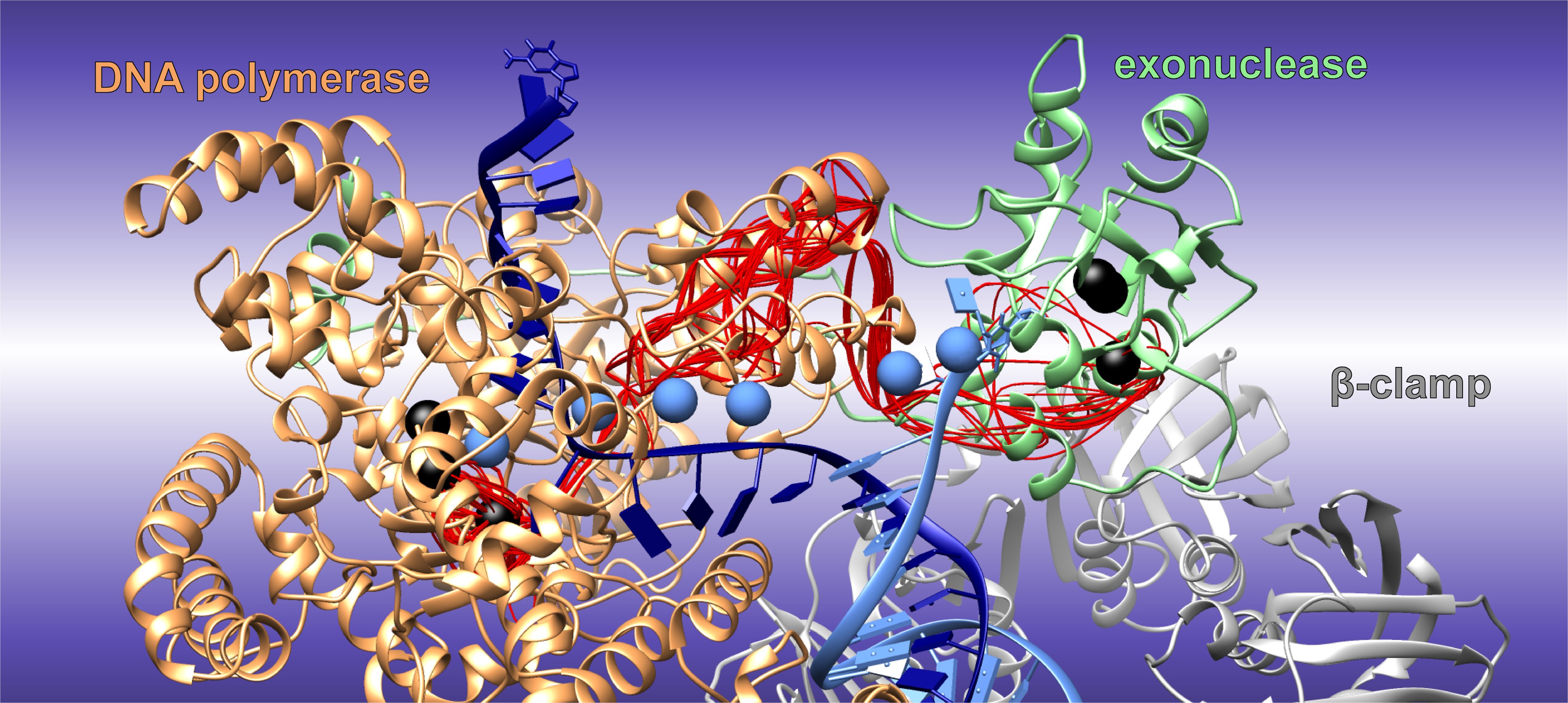
A Georgia State University team has used the nation’s fastest supercomputer, Summit at the US Department of Energy’s Oak Ridge National Laboratory, to find the optimal transition path that one E. coli enzyme uses to switch between building and editing DNA to rapidly remove misincorporated pieces of DNA.
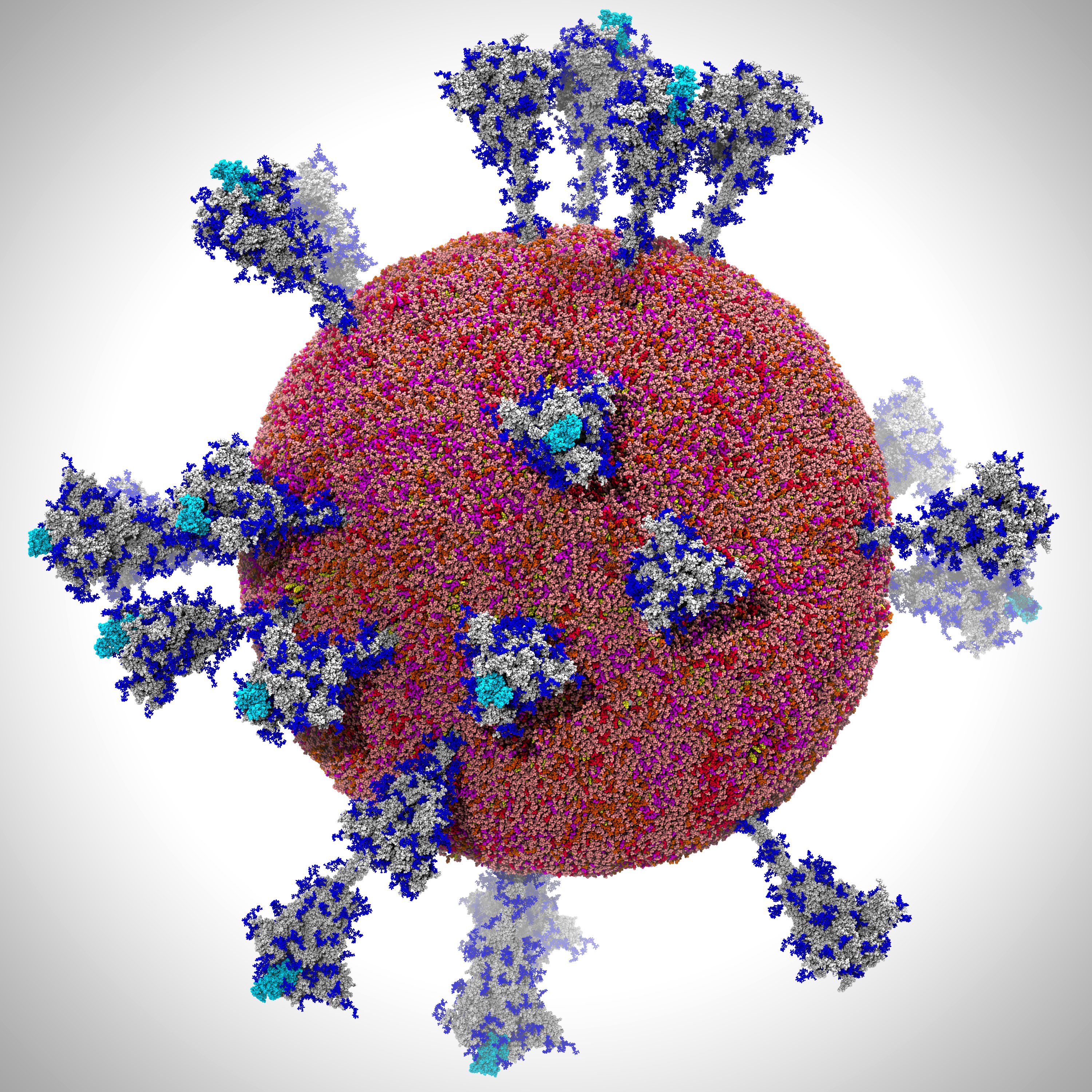
A research team, including scientists from UC San Diego, Argonne National Laboratory and Oak Ridge National Laboratory, wins the Gordon Bell Special Prize for High Performance Computing-Based COVID-19 Research, presented during the SC20 virtual conference.
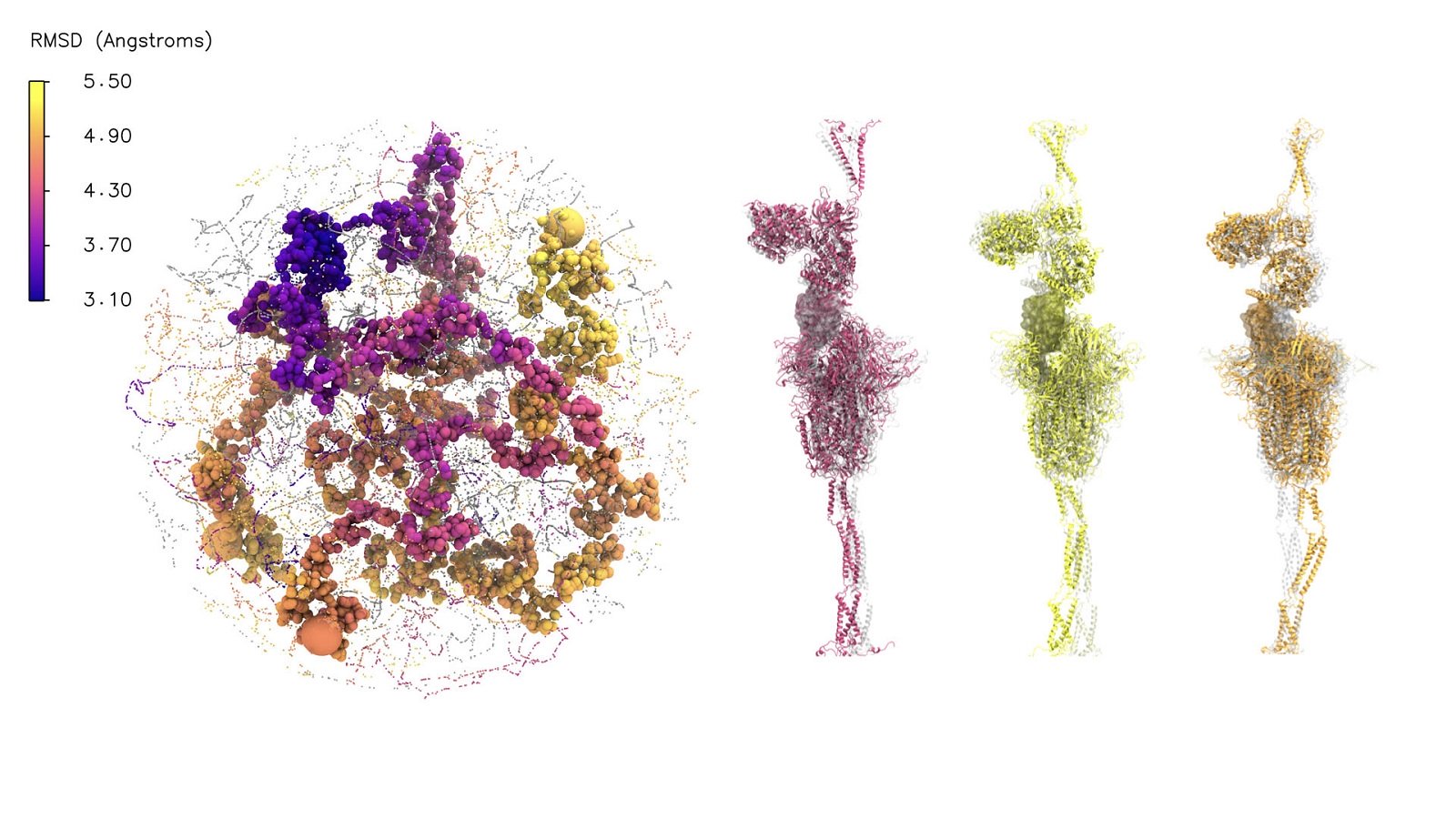
Using a combination of AI and supercomputing resources, Argonne researchers are examining the dynamics of the SARS-CoV-2 spike protein to determine how it fuses with the human host cell, advancing the search for drug treatments.
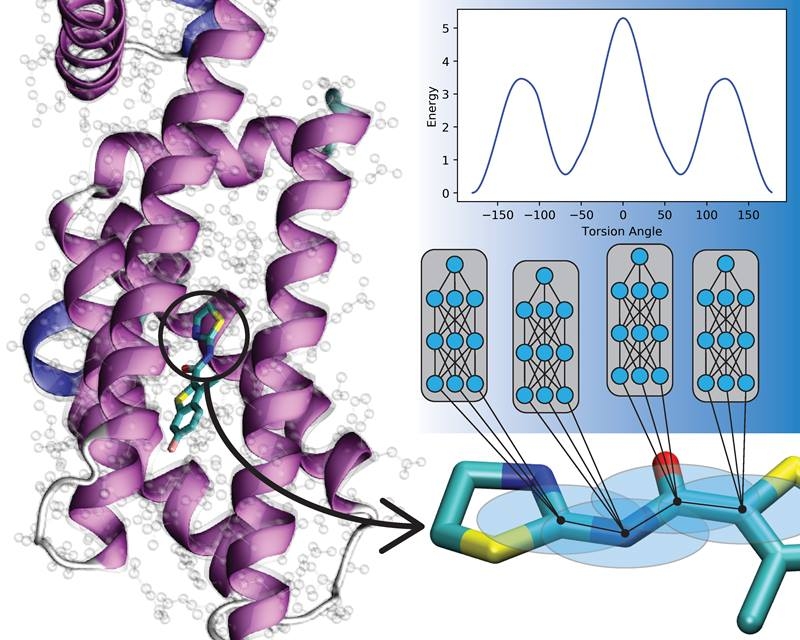
Molecular dynamics is central to many questions in modern chemistry. However, computer models of molecular dynamics must balance computational cost and accuracy. Scientists have now used a machine learning technique called transfer learning to create a novel model of molecular motion that is as accurate as calculations that use quantum-mechanical physics but much faster.
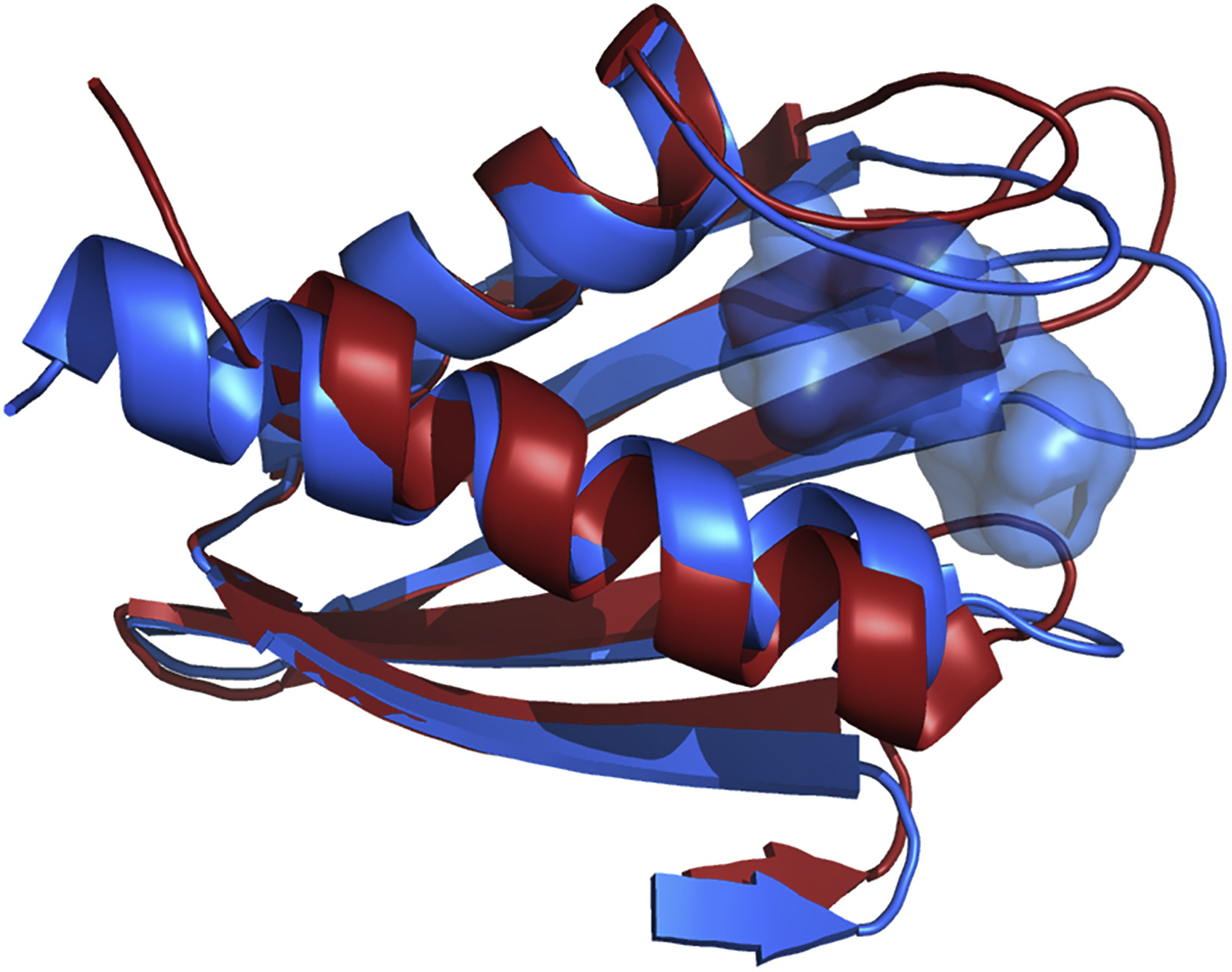
A team of scientists led by Abhishek Singharoy at Arizona State University used the Summit supercomputer at the Oak Ridge Leadership Computing Facility to simulate the structure of a possible drug target for the bacterium that causes rabbit fever.
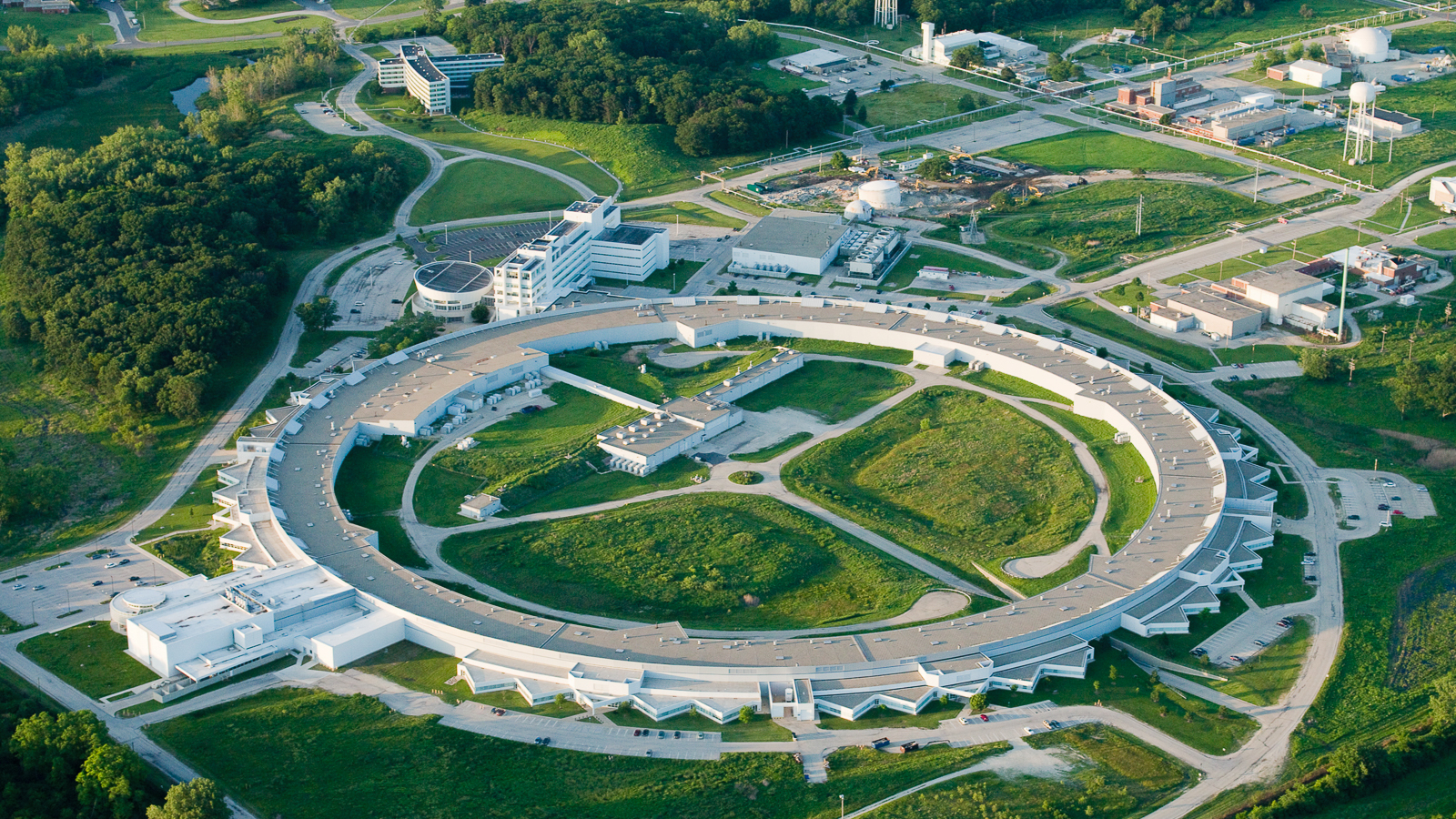
Argonne scientists are working around the clock to analyze the virus to find new treatments and cures, predict how it will propagate through the population, and make sure that our supply chains remain intact.

Researchers at the University of Illinois at Chicago used computer-based simulations to analyze how atoms and molecules move in a solution and identified a general mechanism governing crystal growth that scientists can manipulate when developing new materials.